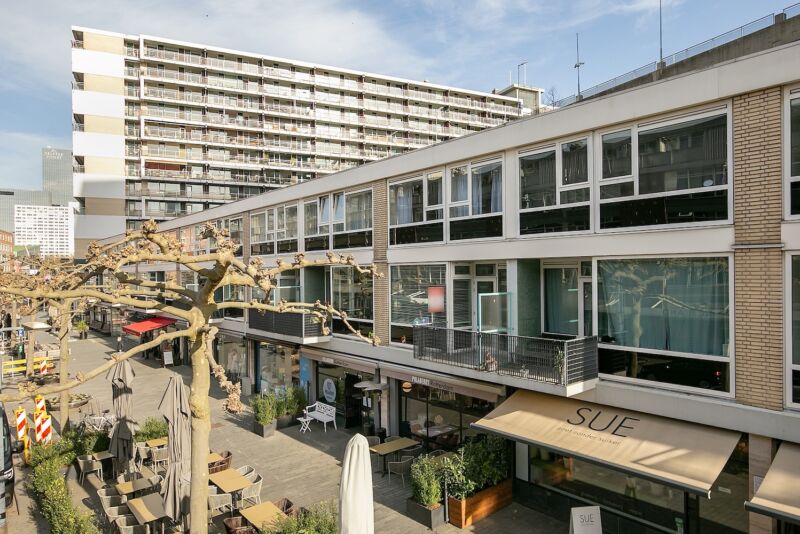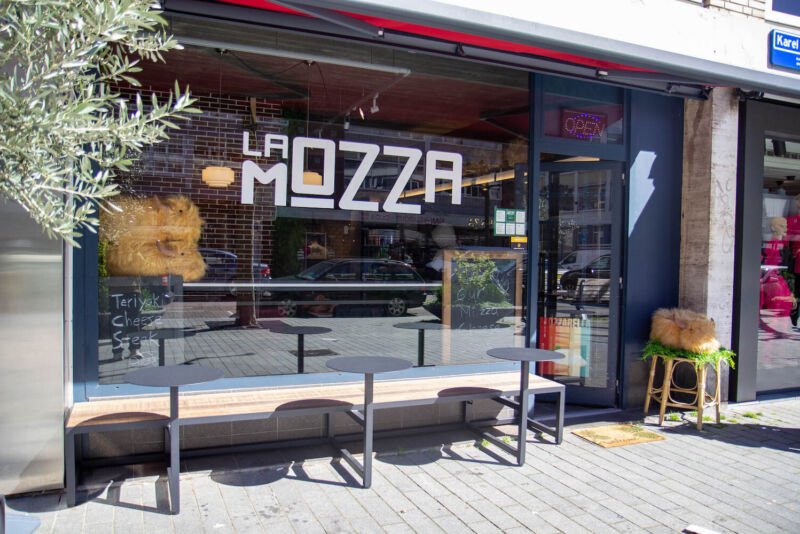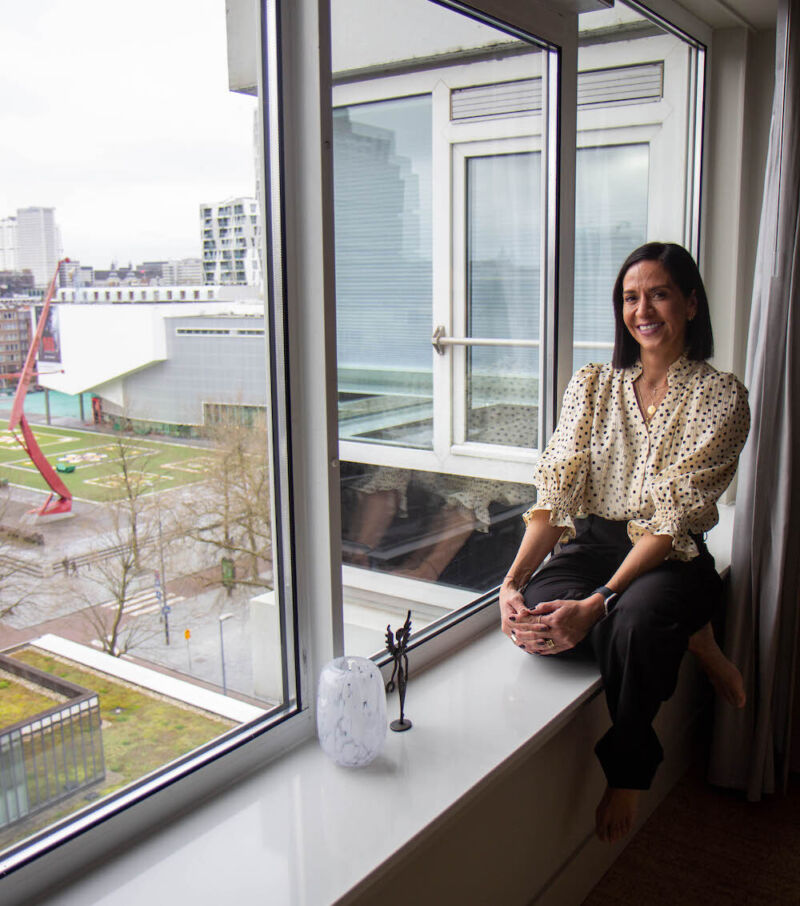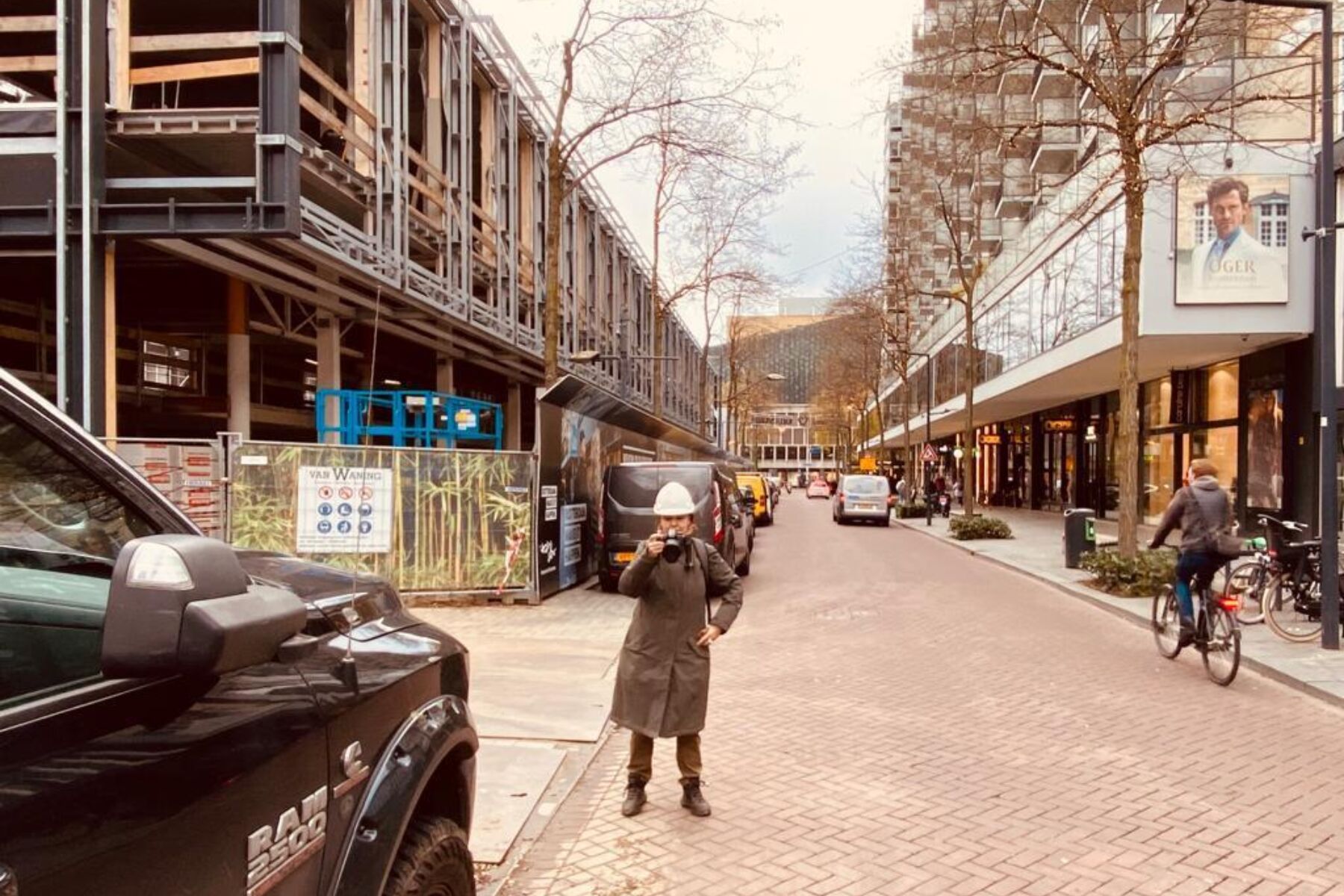
Dominique Panhuysen focuses mainly on documenting multi-year projects, including construction projects. Her work is characterised by a focus on the large structures, but also on the small, inconspicuous details that tell a story.
Dominique is currently capturing the construction process of The Lobby. We asked her some questions about her work and following a construction project like The Lobby. Read the interview below.
Can you tell a bit about your work as a photographer? Is it always construction projects or are you also fascinated by other kind of photography?
"I trained as a photographer at Art Academy St Joost in Breda. At the academy, I started doing documentary projects but also made free work, including photograms, still lifes, portraits and interiors. And I still alternate documentary projects and commissions with my free work. Since 1990, I have had a studio in residential work building Tetterode in Amsterdam. I love recording and documenting the everyday. I casually find the material, the sources of inspiration for my subjects, close to home. I work project-based and on commission in various collaborations."
"I often follow my subjects for a longer period of time, sometimes several years. Usually I become fascinated by a subject and/or a special place. Like 'Alles hier is aangeraakt' ADM de laatste culturele vrijplaats van Amsterdam', (translated: 'Everything here is touched' ADM the last cultural sanctuary of Amsterdam') a documentary photo assignment about the squatted ADM site in Amsterdam's Harbours West. I followed this place for two years. Touched by how the ADM people had made a thriving, creative community out of virtually nothing, I photographed the ADM site and its residents. The site was cleared in January 2019. In Fond Anna Cornelis' documentary photo assignment, 'Containercampus Bijlmerbajes Bajesdorp', between 2016 and 2018, I photographed the area around the Bijlmerbajes, the refugees in the AZC, the Containercampus and students, and the squatted Bajesdorp with the squatters and former cipiers. A very special place, currently being transformed into a new urban district Bajeskwartier. Almost everything that was there is now gone. That's why I like to capture it."
"Several of my documentary photo assignments are in the collection of the Stadsarchief Amsterdam."
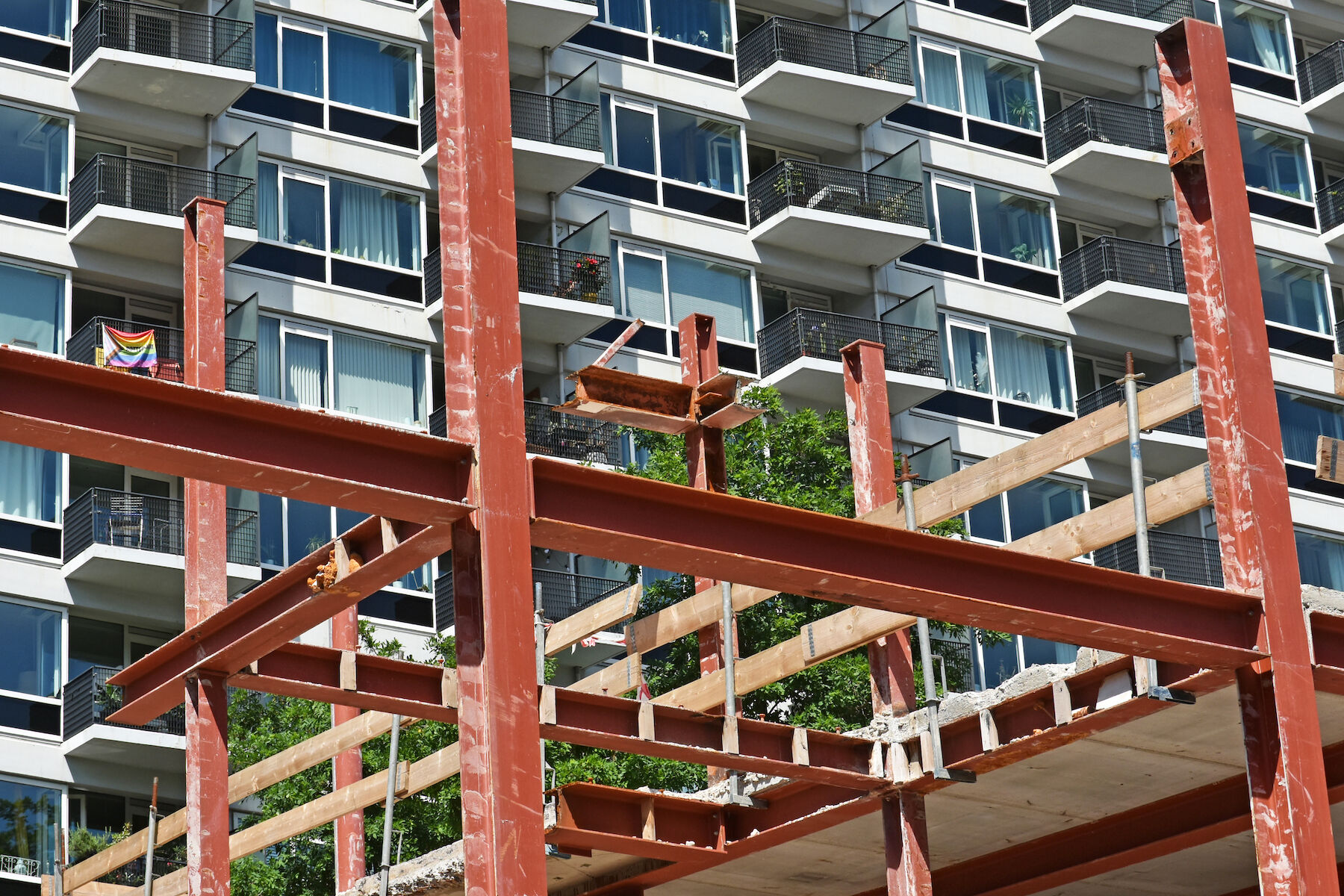
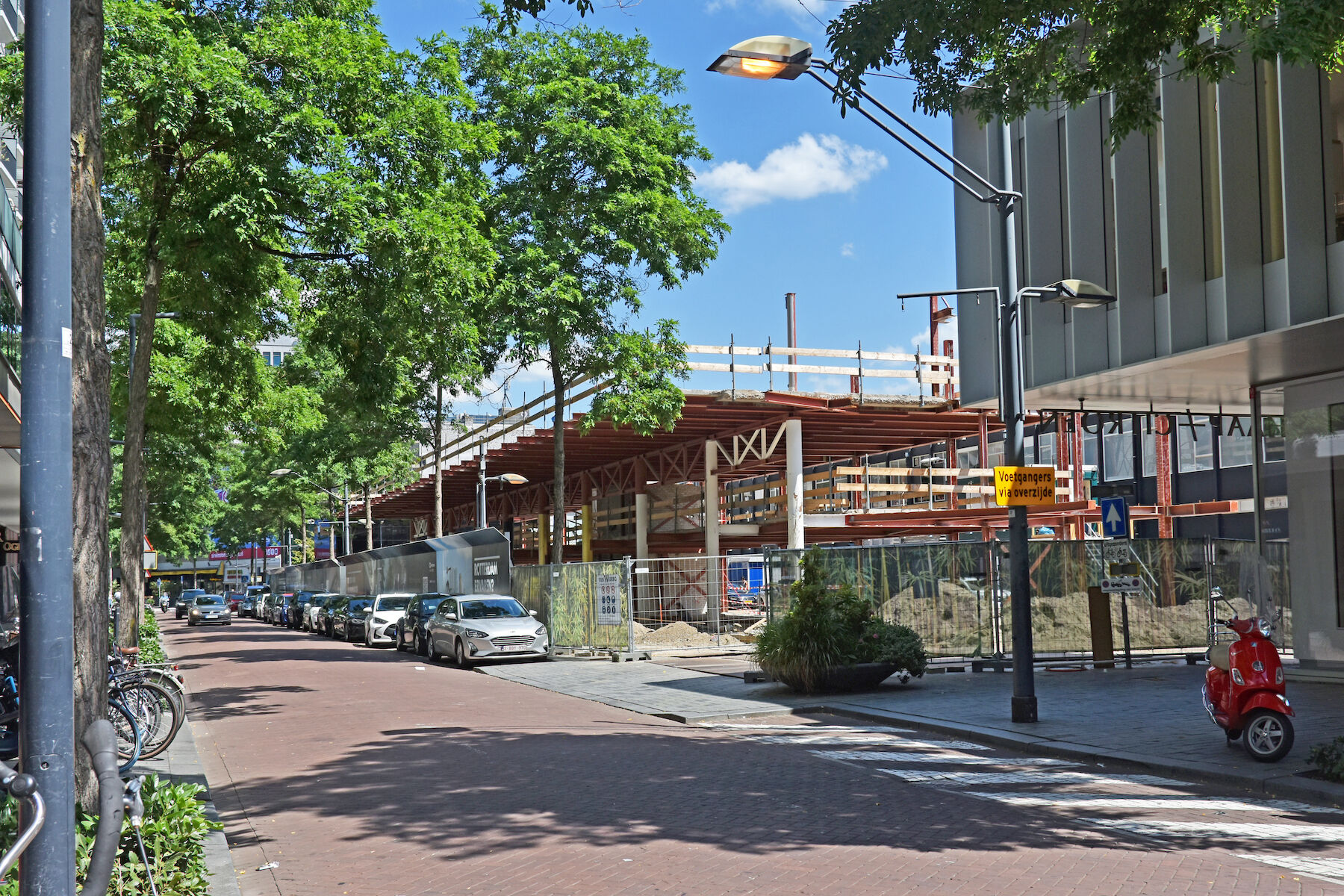
Can you talk about how you got involved with The Lobby?
"My first multi-year building project was between 2014 and 2016: the construction of De Hoge Raad in The Hague. From the photos of the construction process, I made a voluminous photo book in collaboration with KAAN Architects: 'De Hoge Raad der Nederlander under construction'. After this project, I followed the demolition of the old Amsterdam District Court and the construction of the new Amsterdam District Court commissioned by NACH Consortium. During this four-year trajectory 2017/2020, I made a semi-annual photo magazine of the construction process and the photo book 'De Nieuwe Rechtbank Amsterdam - bouwen is mensenwerk', (translation: 'The New Court Amsterdam - building is people work'), a visual story of the transformation from demolition to new building."
"KAAN Architects, enthusiastic about my way of working, showed the publications to Manhave. So I was approached to follow the construction process of The Lobby."
Why do you like following construction projects like The Lobby?
"A construction project fits well with what I do. I follow a project over a longer period of time, as with the Bijlmerbajes and the ADM site, only something new is being built instead of something disappearing or being demolished."
"With construction, I find it interesting to photograph the transformation. Capturing what is being put in and under the walls and floors. Because eventually all these elements disappear again under new layers with new functions. I never actually take photos of a finished building. I photograph the process. I like raw things, the poetry of it."
"Furthermore, it is nice that with these building projects I am very free, there are no restrictions in my photography. I can do what feels right and capture what catches my eye. I also find it important to connect with the people, in exactly the way I want to."
What do you like best about the process of construction?
"Moments that stand out for me are often small inconspicuous details: numbers on a pillar or a piece of wood, paint stains and markings. But also materials or things lying casually somewhere. Sometimes you can tell more from traces of the construction workers' work than when you actually see them at work."
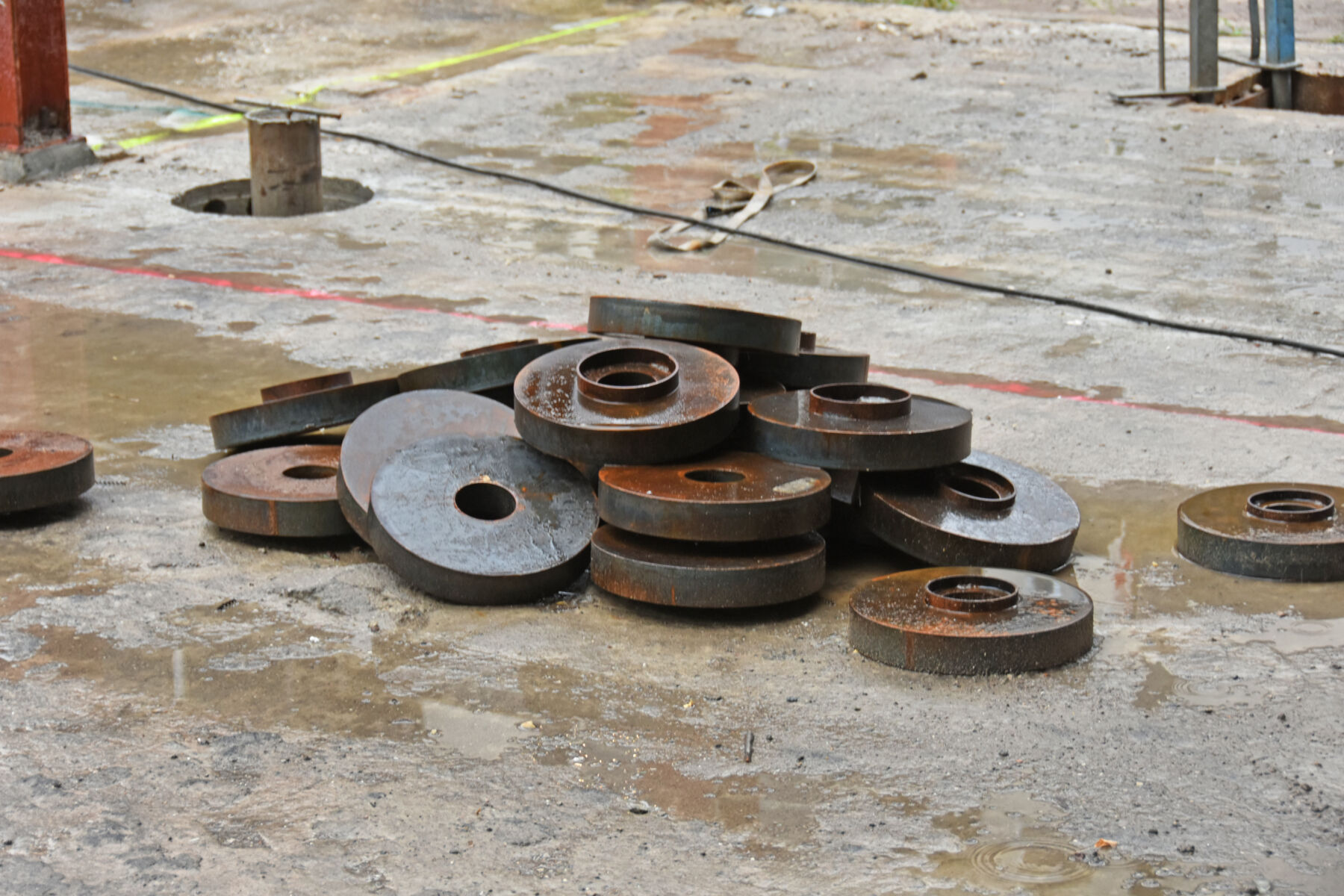
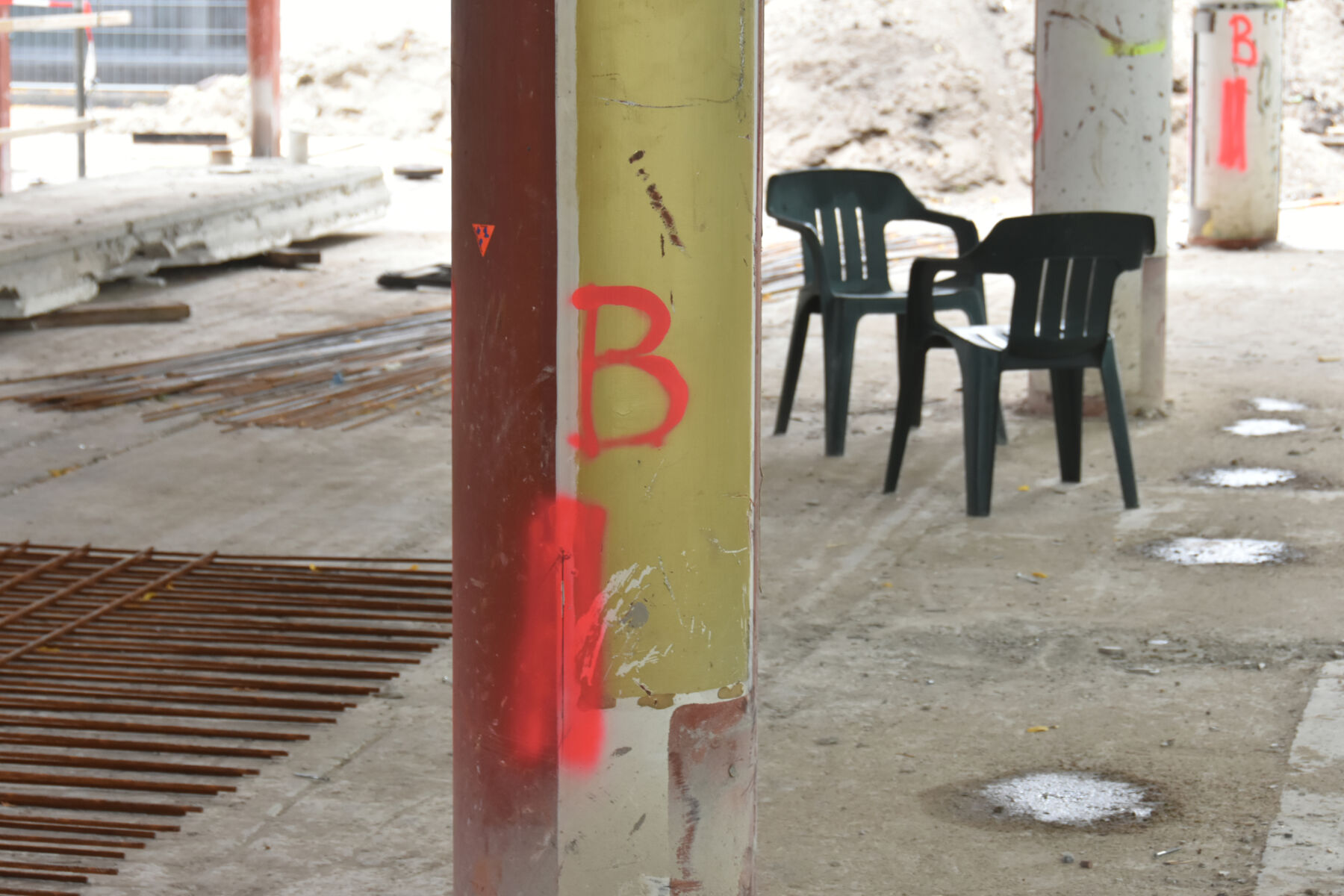
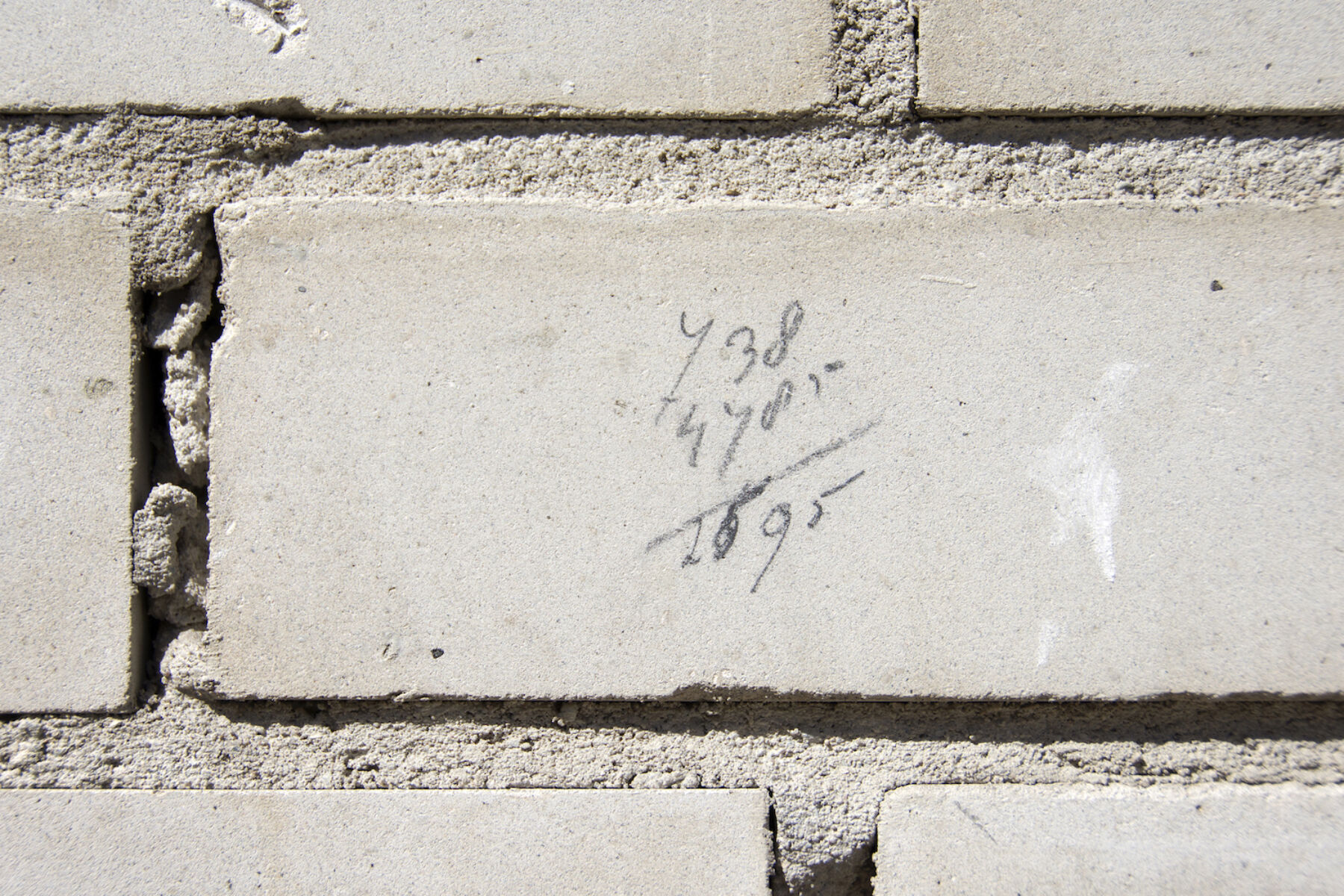
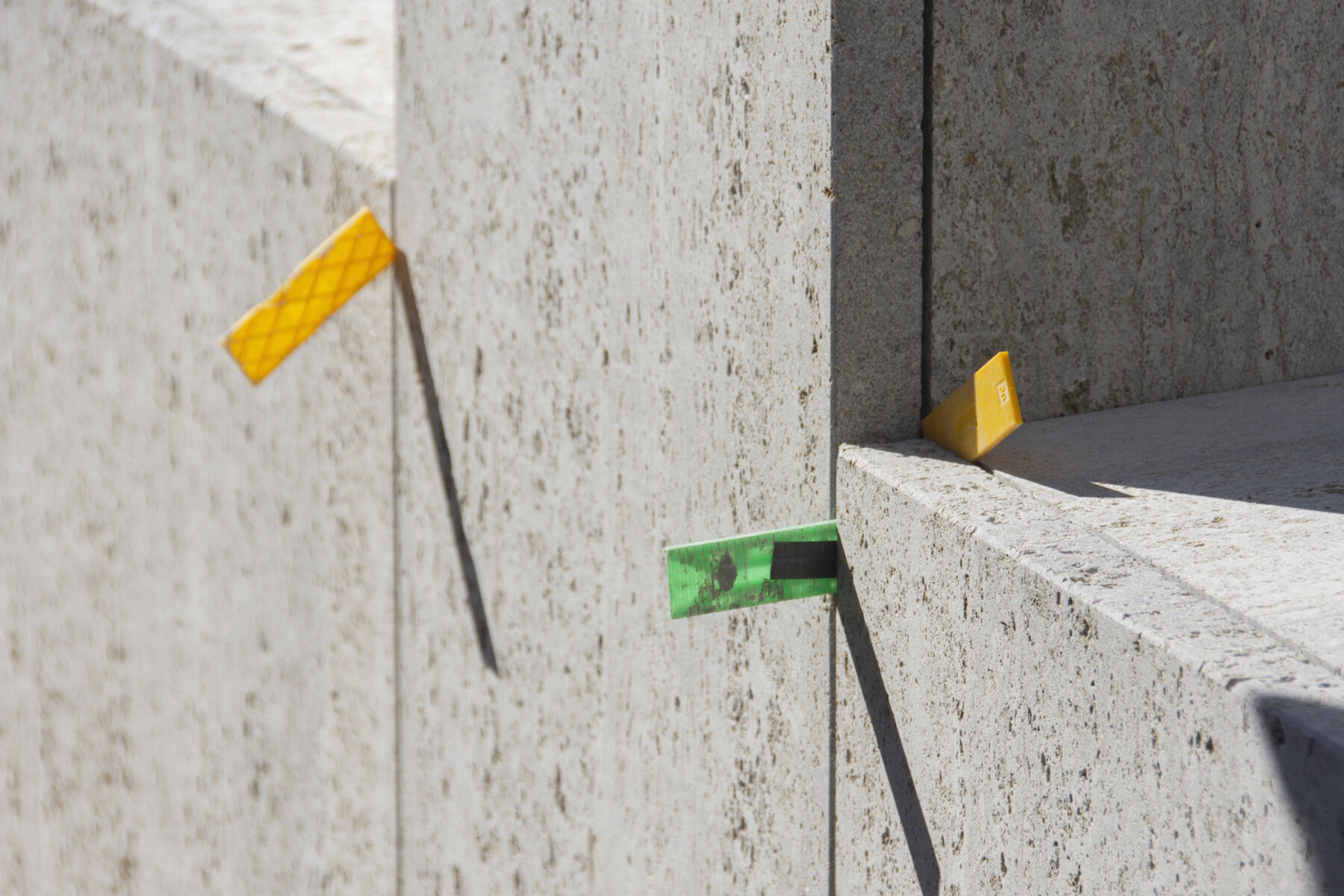
How have you seen the construction of The Lobby change and progress since you started shooting? Are there any moments that stood out for you?
"I started photographing it when it was still a steel palisade, with the rust-brown remains of the old skeleton of Crystal House, transparent and thin. Now it is robust and monumental and the steel skeleton is all wrapped up."
"I'm not so focused on highlights or big moments. Every time I visit, there are new things to see. Often, by then you have almost forgotten what it looked like last time. Sometimes it's the big picture, which is nice to capture. But also the small changes. I don't think 'now I'm going to record the big changes'. You will come across those automatically."
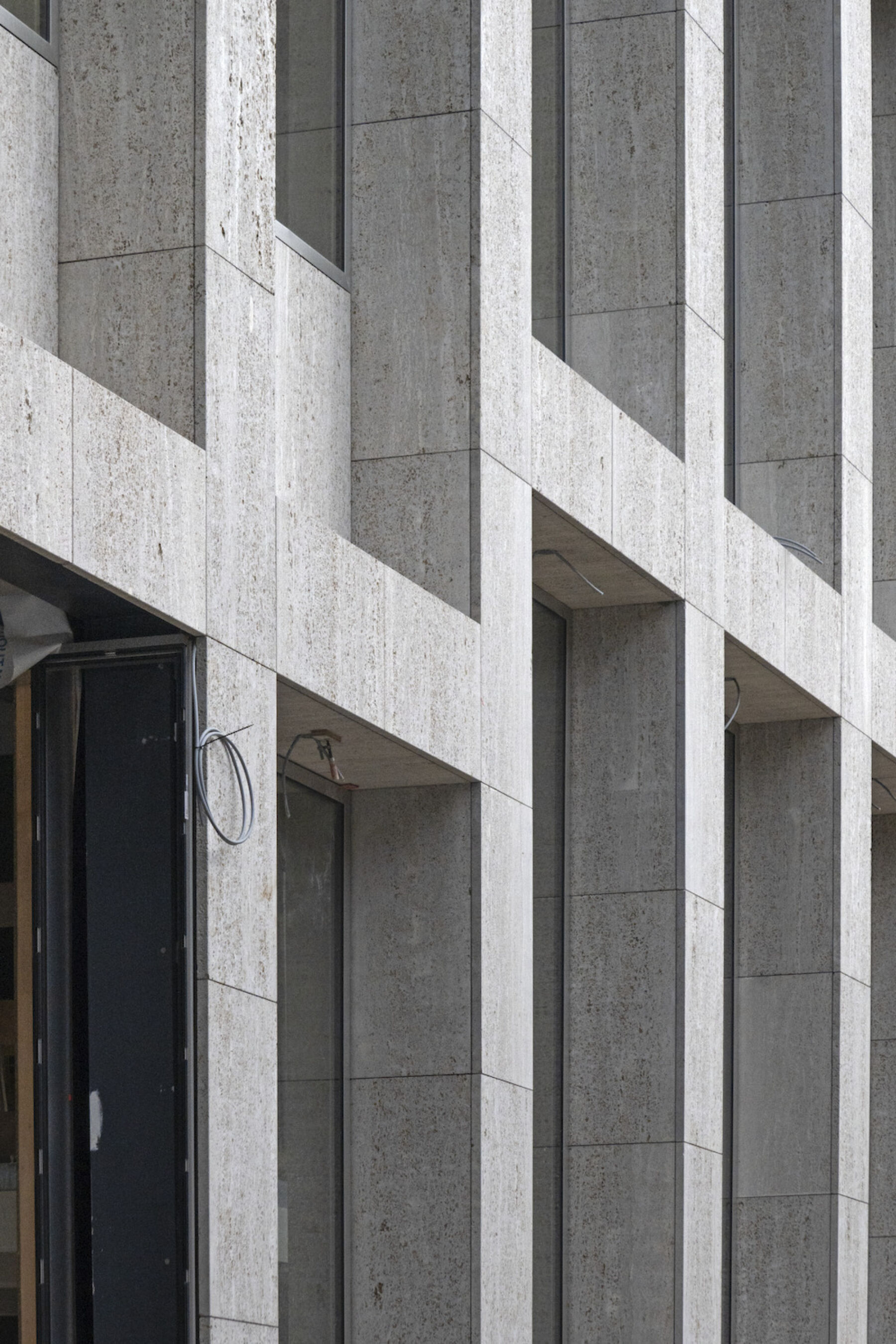
"The building may consist of materials, but it is through people working together that it becomes that building."
Dominique Panhuysen
How do you choose what to photograph?
"I go by my gut and first impressions and let myself be surprised. Because The Lobby is not a big project, you often visit the same places at different times. Then it's small changes that stand out. I find that interesting and often even moving. Without picturing the people, there is touch in everything. I also love to see how the men work together, their concentration while working."
"A pile of planks may seem somewhat insignificant, but it was laid down by the construction workers like that. Behind all those materials and structures, there is always a human being. I find that very beautiful. This is often not visible to the outside world. The building may consist of materials, but it is through people working together that it becomes that building."
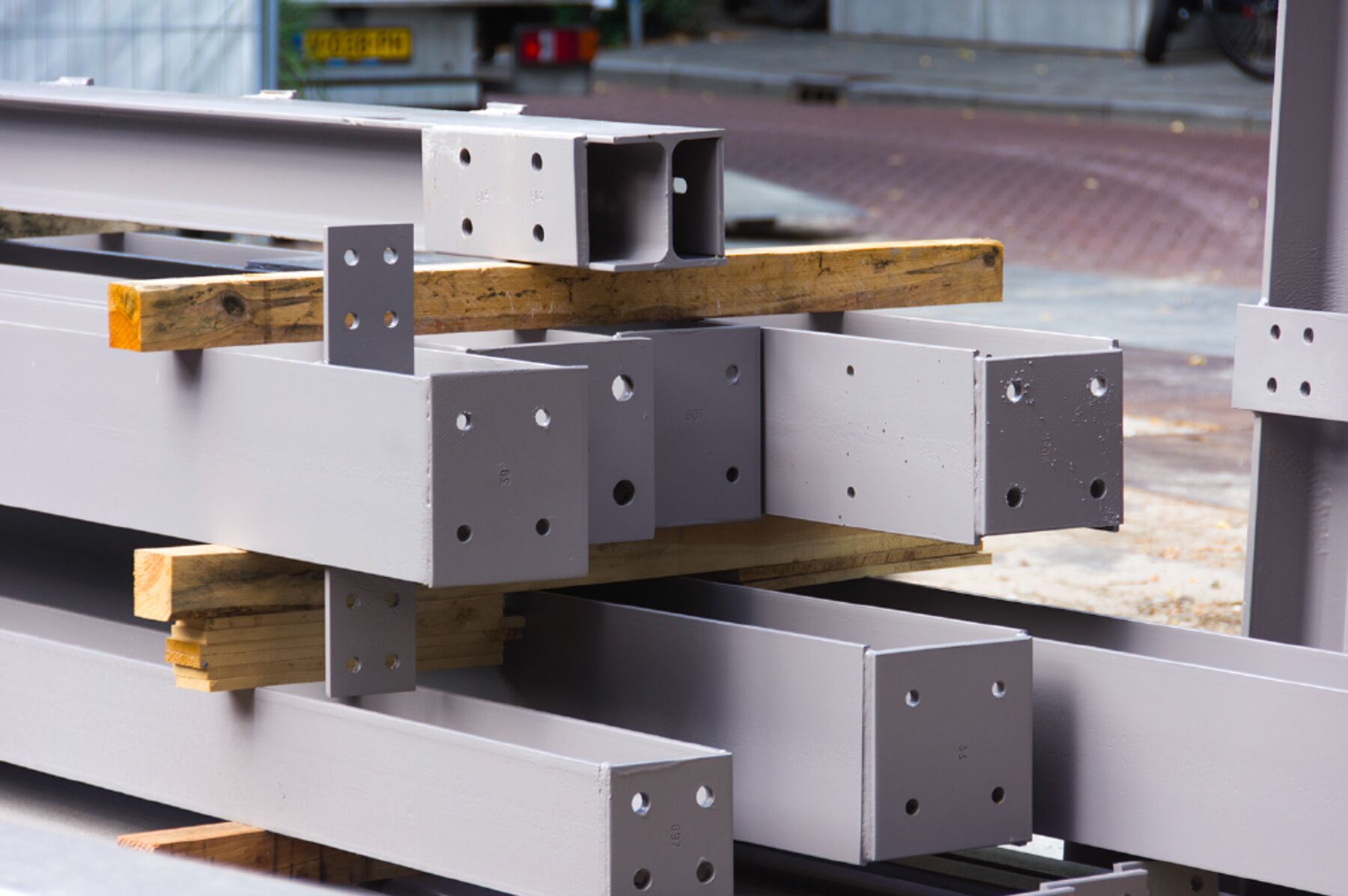
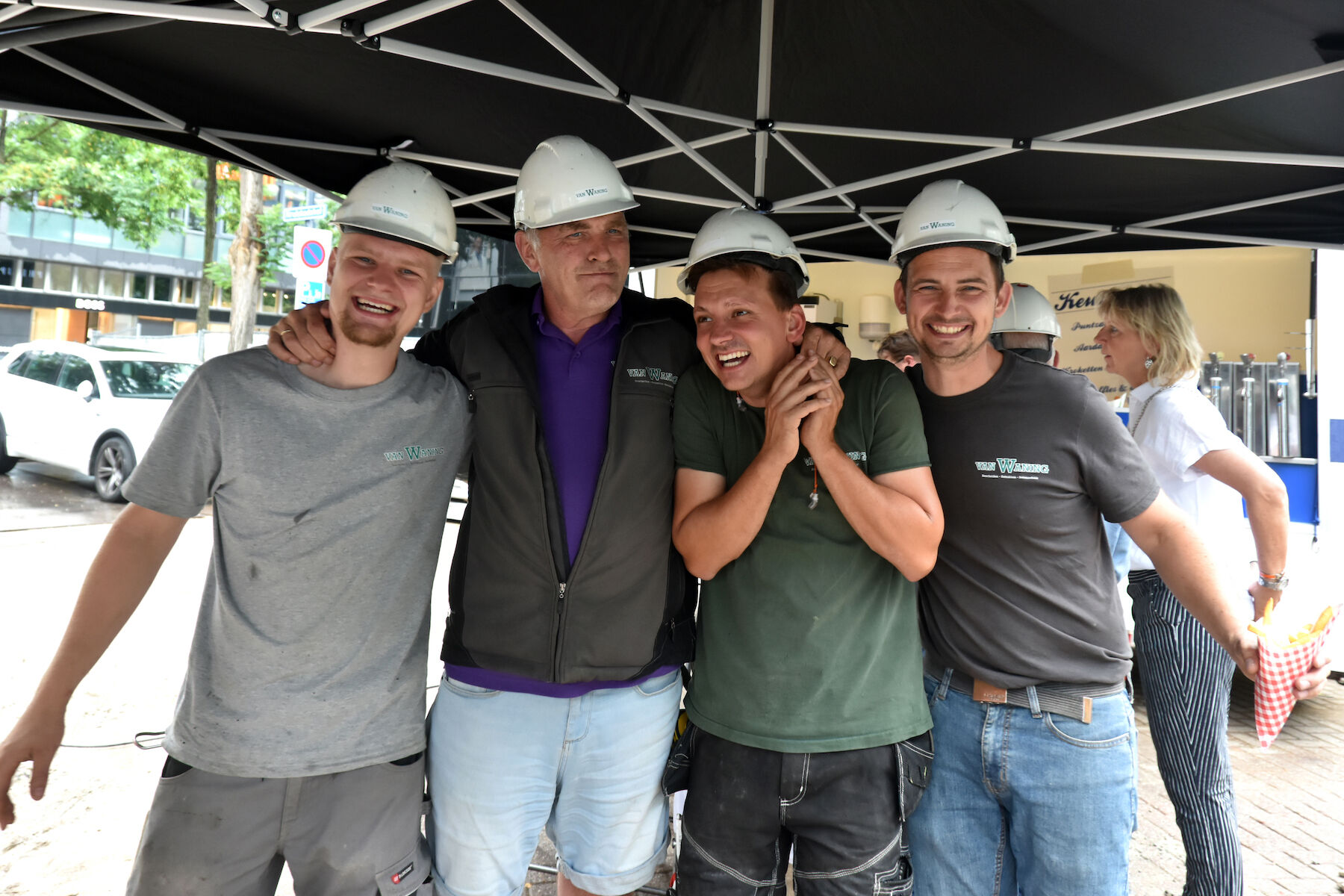
How do you work with the team responsible for The Lobby?
"I was in contact with the architect and the team at the start, they put me in touch with Manhave. Usually it goes in an informal way. Slowly I get to know everyone involved in the project. In the case of The Lobby, my acquaintance with those involved began last summer at the food truck. There I became acquainted with employees of Manhave and Van Waning. Of course, I got to know the men from Van Waning much better on the construction site. Some have been working there since they were young boys and that is tangible and visible. There is a good working atmosphere, they are very familiar with each other. Eric Lagerwaart, the foreman, is the father figure."
How do you select the photos you want to show to the public?
"Selecting is not my strong suit. It takes some time before I have enough distance to make a good selection. From the multitude of photos I take, I first make a rough selection. Often they are similar images with small differences, but when you are going to use the photos later for a particular purpose, that small difference is sometimes very relevant."
"From the rough selection of photos for The Lobby, I make contact sheets. I send those to the client, in this case Manhave, KAAN Architects and Van Waning. They make their own selection from these. I edit this selection and send it to them in high resolution. If we decide to make a book or publication, the designer is usually also involved in the selection."
Through my photos, you can look back in time. Actually, it is an ode to the building before it was finished and, of course, to the builders.
Dominique Panhuysen
What do you hope people feel or think when they see your photos?
"When the building is finished, all the screws, cables, pipes and steel beams are hidden from view. With my photos, I want to show how much work goes into a construction project. That so many beautiful moments, shapes and materials can be seen during the process. Through my photos, you can look back in time. Actually, it's an ode to what the building was before it was finished and, of course, to the builders."
"With my photos of building projects, I hope to be able to show how versatile and valuable the work of the builders is. How they collectively create a structure with dedication, attention and precision."
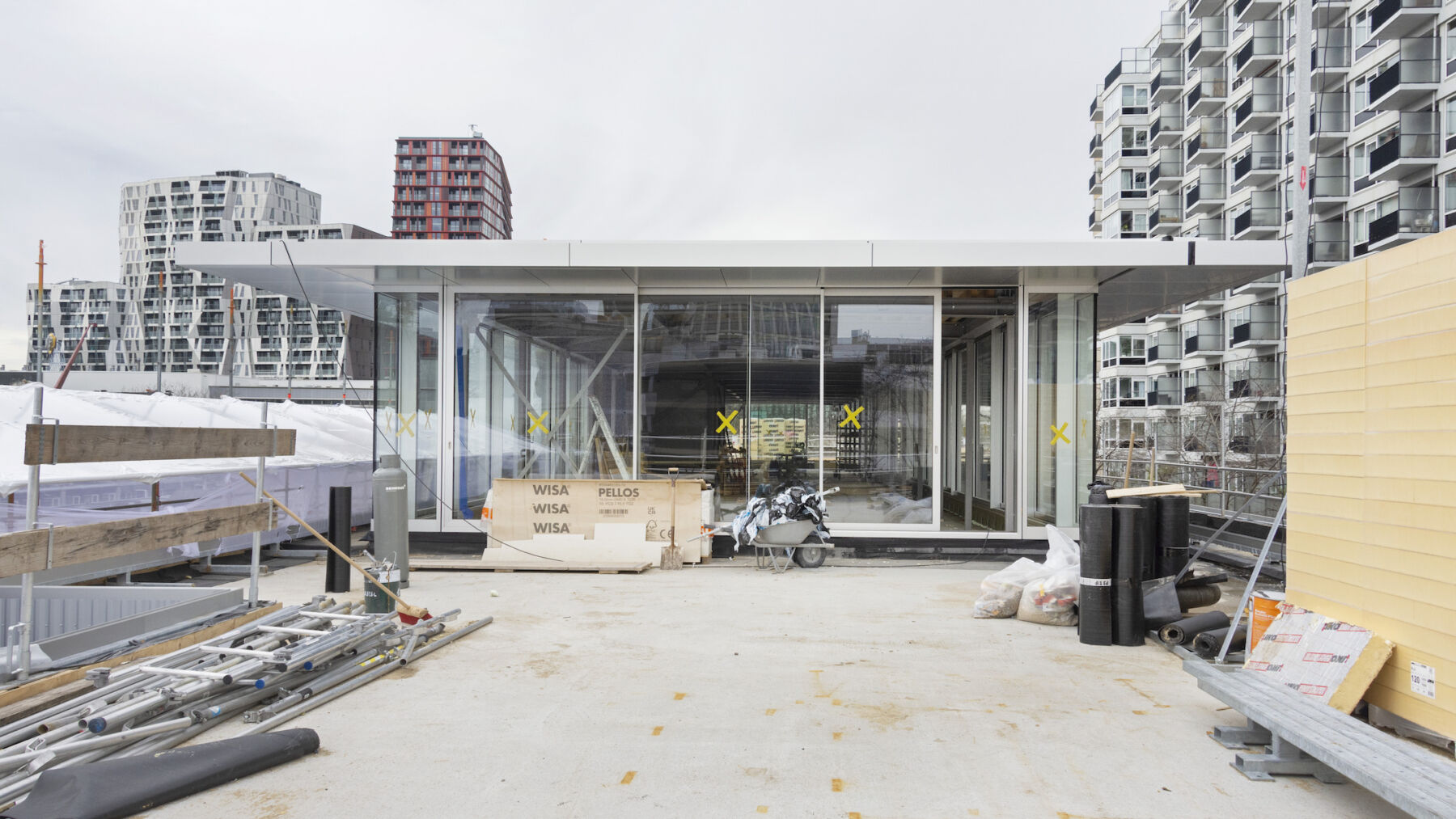
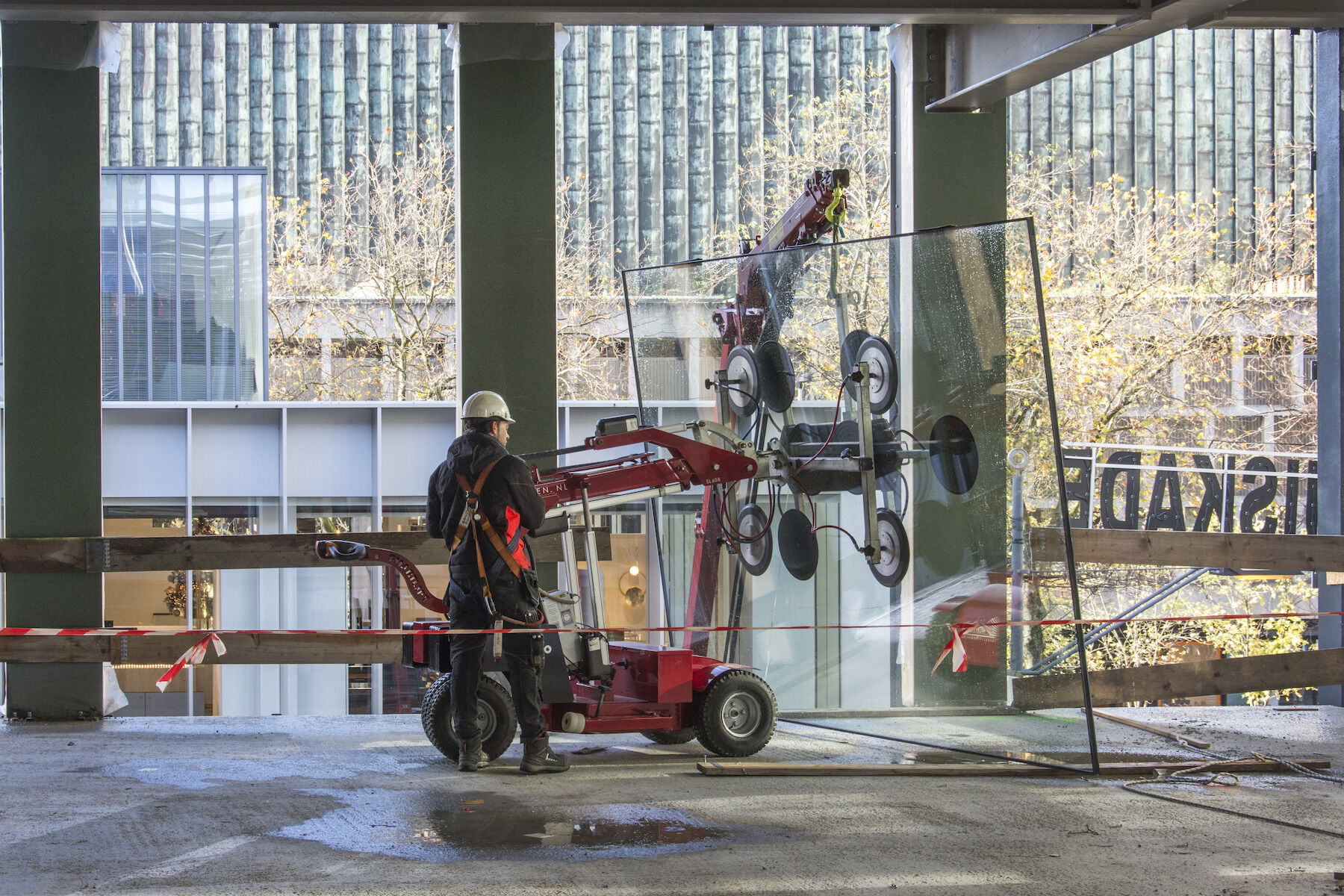
What is your next step as a photographer once this project is completed?
"After completing The Lobby, I am taking a step back. Normally, I work on two multi-year photo assignments at the same time, as this is the connection to the outside world for me. This time, however, I had three all at once. Now I am taking some time again to work on my own work, which is more focused on my inner world. One thing I'll be working on is a sequel to 'Please Paint My Picture', in which I took photos of flower vases and still lifes that Annemarie Vink translated into paintings and monumental drawings. I am also working on a video installation in which my mother plays an important role: 'De lijnen waarlangs wij lopen' (translation: 'The lines along which we walk') in collaboration with artist Danielle van Vree."
Thanks for your time, Dominique!
Previous updates
